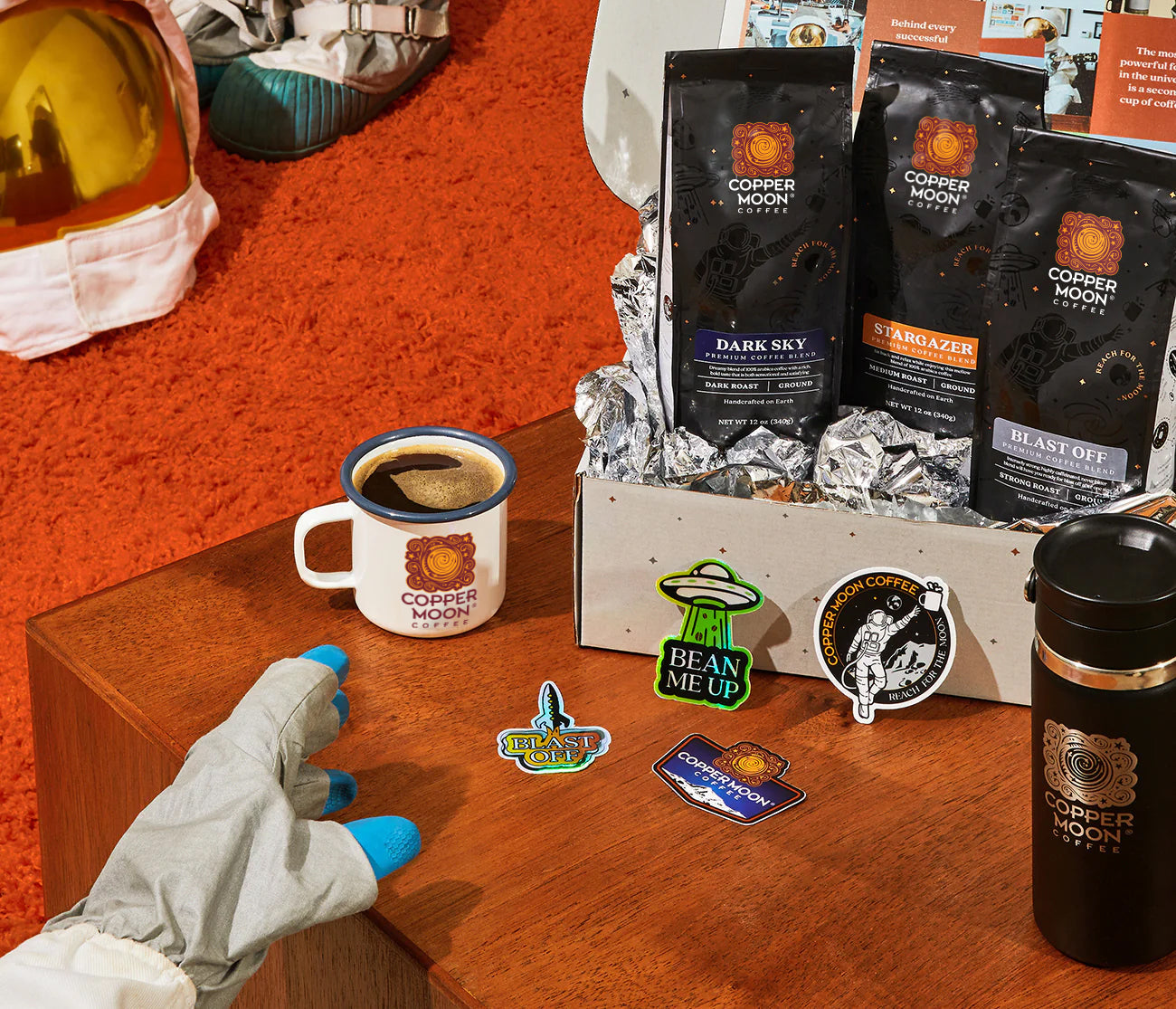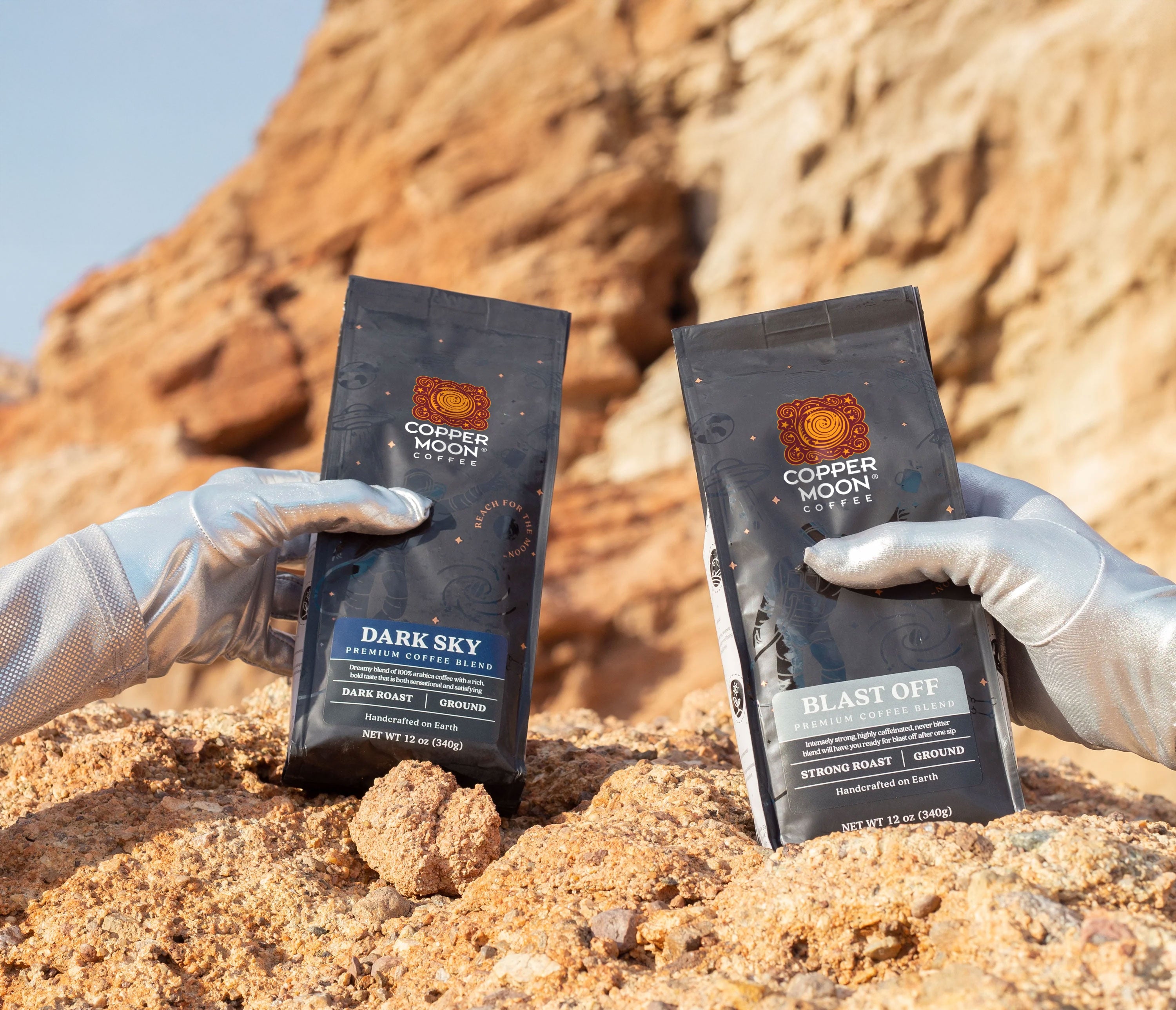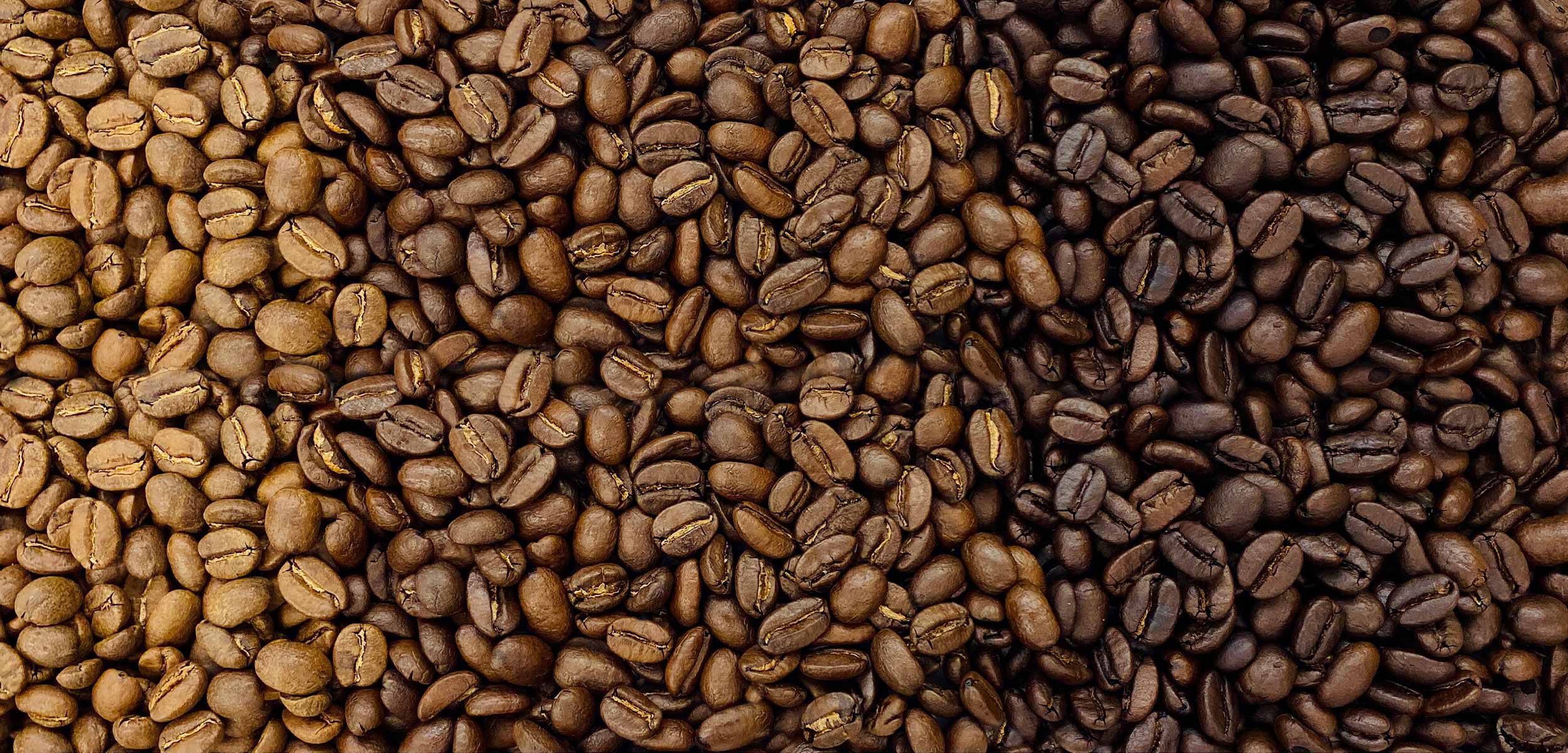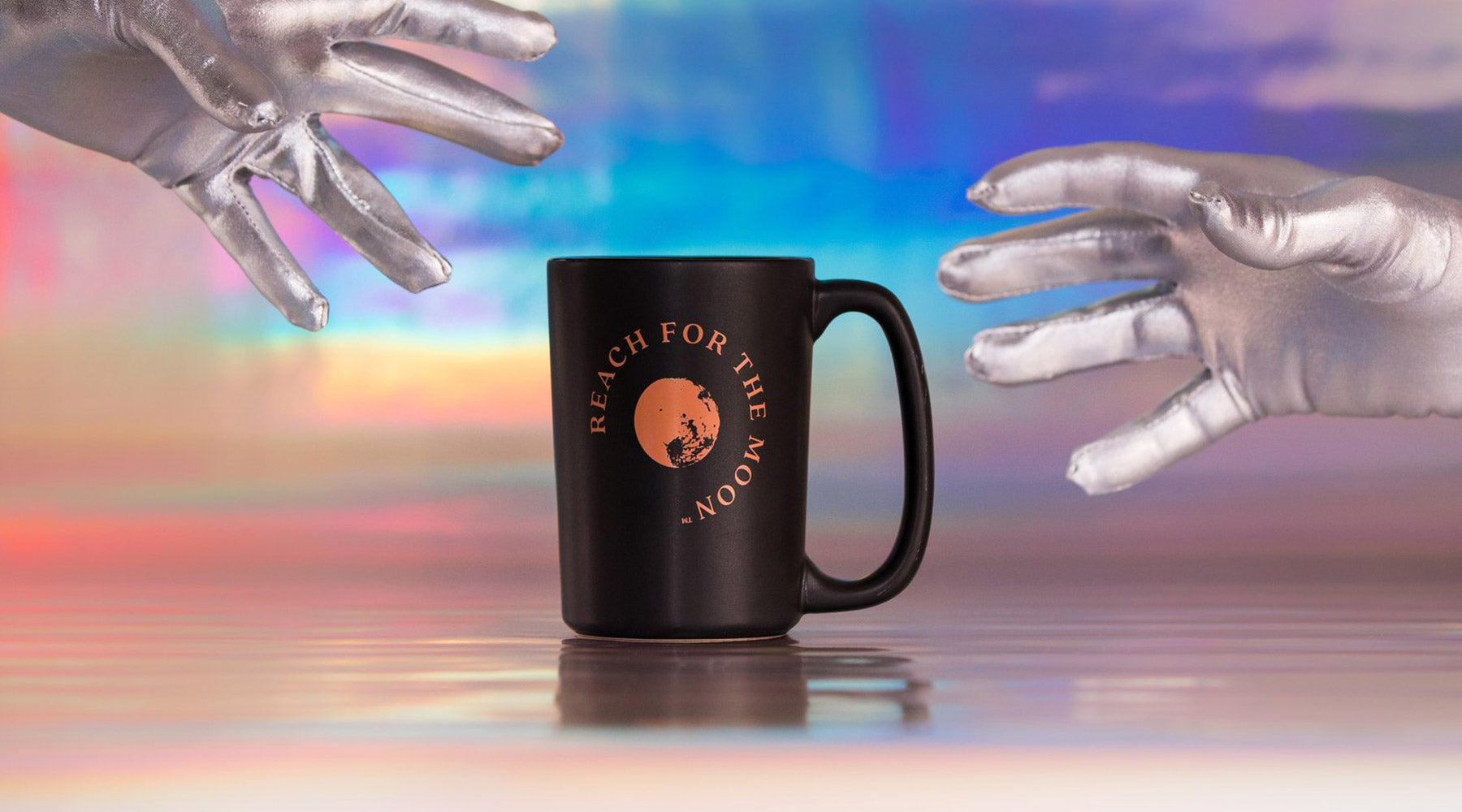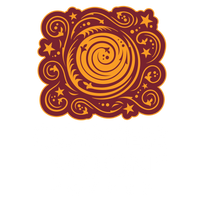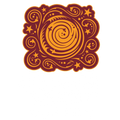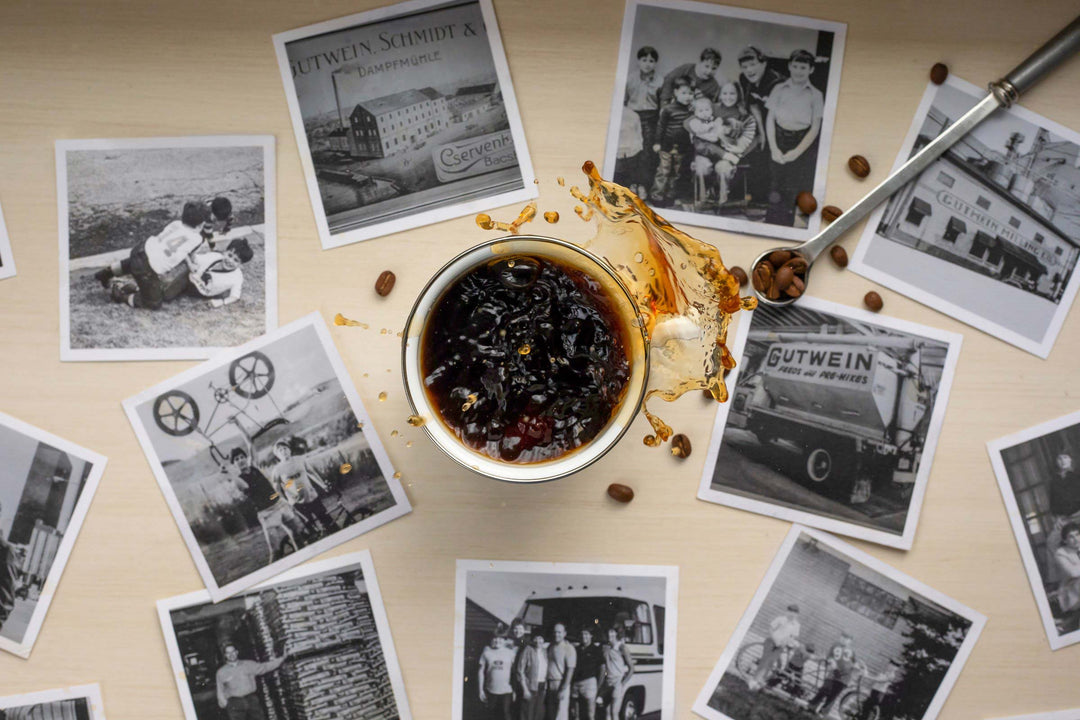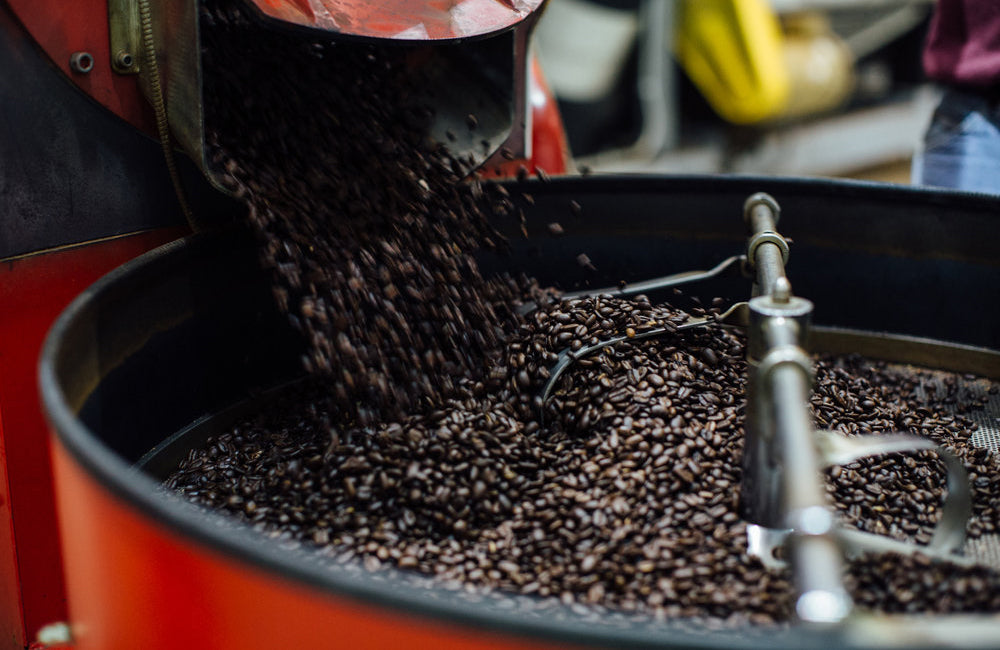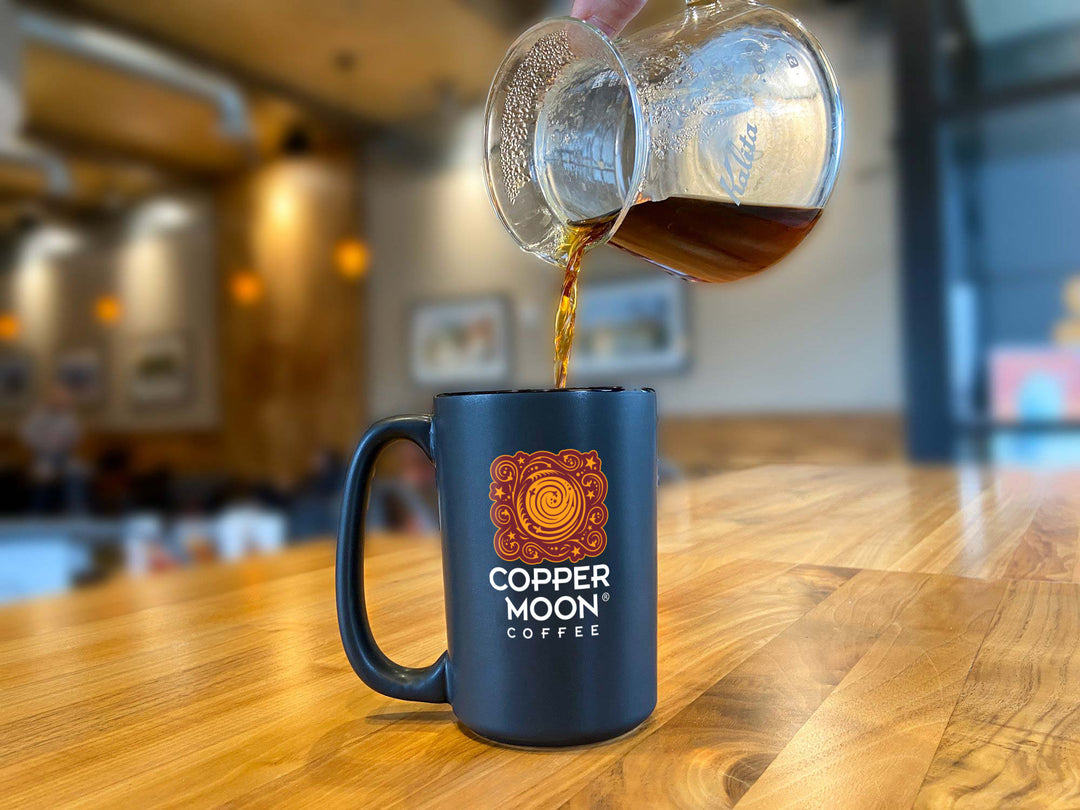Swiss Water® Process Makes Naturally Amazing Chemical-Free Decaf Coffee
When you love coffee and all of its benefits but don’t want caffeine and all of its side effects, Swiss Water® Decaf is the sustainable solution for chemical-free decaffeination. But what exactly is decaffeinated coffee, how is caffeine removed from the coffee, and what sets the Swiss Water® Process apart as the environmentally-friendly option?
Although many people drink coffee primarily for caffeine, the National Coffee Association says, “independent scientific evidence shows coffee, with or without caffeine, is associated with many unique health benefits, including increased longevity and decreased risk of multiple cancers and chronic diseases.” Decaf delivers all of the benefits without any of the jitters.
What qualifies as “decaffeinated” coffee?
According to the FDA, a “decaffeinated” coffee must reduce the caffeine levels in coffee by at least 97% to qualify. However, all of our Swiss Water® Decaf coffees are 99.9% caffeine-free! In our blog post, How Much Caffeine Is in a Cup of Coffee?, we answered the question, “How Much Caffeine Is in Decaffeinated Coffee?” with the following:
While some people might think the name “Decaf” (short for decaffeinated) means removing all the caffeine from the coffee—this is a misconception. Since caffeine naturally occurs in all coffee beans, no natural Whole Bean or Ground coffee can ever be 100% caffeine-free. Most decaffeination processes remove between 97%–99% of caffeine (leaving about 3 milligrams).
How are coffee beans decaffeinated?
There are a few different methods for decaffeinating coffee. To remove the caffeine molecules from the surface of the green coffee beans, they soak in hot water, usually with other compounds, which dissolve and extract the caffeine. Our favorite method uses water alone (Swiss Water); others use a chemical mixture application (either directly or indirectly) of water and safe solvents, while another uses water plus Supercritical Carbon Dioxide (sCO2).
What is Swiss Water Decaffeination?
While Swiss Water Decaffeination was invented in 1933 in Schaffhausen, Switzerland, the serendipitous seafaring origin of a similar method dates back thirty years earlier. Live Science shares the story in their article, How Is Decaf Coffee Made?
The first commercially successful decaffeination method was invented around 1903* by German coffee merchant Ludwig Roselius. According to Atlas Obscura, one bit of lore about the origins of decaf claims that Roselius received a shipment of coffee beans that was soaked in seawater. Instead of tossing the beans, Roselius decided to process and test them. He found that the coffee had been stripped of its caffeine content but still basically tasted like coffee, albeit a bit salty.
From its oceanic origins to Swedish ingenuity during the era of the Greatest Generation, the proprietary Swiss Water® Process decaffeinates coffee naturally. We use only three elements—water, temperature, and time—to carefully coax the caffeine from the coffee. For ten hours, each variable is closely monitored during a 6-step process, ensuring the flavor and character of the coffee remain untouched until the coffee is 99.9% caffeine-free.
Swiss Water® Decaf creates some of the most flavorful decaffeinated coffee available. But don’t just take out word for it. Here’s what one happy customer had to say.
⭐⭐⭐⭐⭐
“I am unable to drink regular coffee due to stomach irritation and had to give up drinking it altogether. That is until I discovered your Swiss Water® Decaf. This brand has amazing full-body flavor, and NEVER upsets my stomach. Now I’m enjoying coffee again and sharing it with others.”
—Thomas R.
Swiss Water® Process in Six Steps
Step 1: Clean & Pre-Soak Green Coffee
The green coffee beans are prepared for Swiss Water® decaffeination by first cleaning them to remove dirt, dust, and silverskin. Then pre-soaking rehydrates and expands the dried beans to their target moisture level, ideal for caffeine removal.
Step 2: Caffeine-Free GCE is Introduced
The “water” used in the Swiss Water® Process is GCE (Green Coffee Extract). It is created only once (see Step 6) by soaking the beans in fresh, pure, filtered water with all the water-soluble solids found in green coffee beans (with no caffeine).
Step 3: Circulation & Caffeine Removal
The GCE constantly circulates the beans for up to 10 hours until no more than 0.1% of caffeine remains in the green coffee beans. Then, through osmosis, the purified water causes the caffeine to migrate out of the bean into the GCE.
Step 4: Coffee Dried & GCE Prepared
Now that the green coffee beans are 99.9% caffeine-free, they are sent to the dryer and will eventually roast to perfection. While the beans await roasting, the freshly-extracted caffeine-saturated GCE travels to carbon filtration.
Step 5: Carbon Filtered & Refreshed
During the entire Swiss Water® Process, the GCE is constantly being filtered, refreshed, and renewed. The carbon filtration traps the extracted caffeine molecules, and the carbon is sent to a furnace to burn away the caffeine so it will be reusable.
Step 6: GCE Reintroduced to Coffee
The Process concludes right where it begins, which is the key to its amazing taste. Once the GCE is caffeine-free, we reintroduce the green coffee beans, and more than 80% of the water will safely return as clean water to local waterways.
Swiss Water® is Amazing Coffee Without Caffeine
How the Swiss Water® Process Removes the Caffeine
SOURCES
- Crafting Amazing Coffee Without Caffeine by Swiss Water Decaffeinated Coffee
- 2020 Social Responsibility Report by Swiss Water Decaffeinated Coffee
- All About Decaffeinated Coffee by National Coffee Association of U.S.A.
- How Is Decaf Coffee Made? by Megan Gannon for Live Science
- Decaffeination of Coffee: Swiss Water Process by Wikipedia
